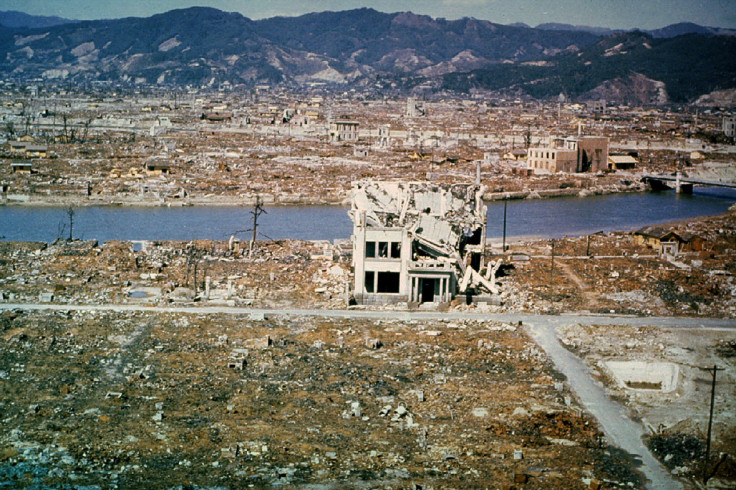Cold War-era document reveals US plans to nuke 1,200 cities

A chilling 59-year-old document containing an exhaustive list of targets for US nuclear strikes in the event of war with the Soviet Union has been released by the National Security Archive in Washington.
The 800-page document, labelled "Top Secret", lists more than 1,100 airfields in the Soviet bloc, along with urban-industrial targets in 1,200 cities such as Berlin, Warsaw, Moscow and Beijing for "systematic destruction". Over 100 targets in Moscow and Leningrad, including heavily-populated areas, are listed as "designated ground zeroes".
A senior US analyst said the explicit targeting of civilian populations was "disturbing". The document, titled the Strategic Air Command (SAC) Atomic Weapons Requirements Study, was produced in June 1956, when relations between the US and the USSR were tense due to profound economic and political differences.
Both sides built up a huge stockpile of nuclear weapons as deterrence against an attack by the other side, in the belief that such an attack would lead to the complete annihilation of both the aggressor and the defender. The Cold War ended with the formal dissolution of the Soviet Union in 1991, leaving the US as the world's only superpower.
'Grim and appalling'
The Soviet bomber force was assigned the highest priority for nuclear targeting to prevent a retaliatory attack on the US homeland.
The SAC suggested targeting airfields with atomic bombs ranging from 1.7 to 1.9 megatons and also recommended the building of a 60 megaton weapon, which it believed would deliver "significant results" in the event of a surprise Soviet attack.
A one megaton weapon's yield is 70 times higher than the bomb that destroyed Hiroshima in World War II. The document does not divulge the reasoning behind targeting civilians, which was prohibited by the international norms of the day.

"It's disturbing, for sure, to see the population centres targeted," William Burr, a senior analyst at the National Security Archive, told the New York Times.
Stephen Schwartz, an independent consultant on nuclear weapons policy, called the target list "grim and frankly appalling".
"We've known the general contours of nuclear war planning for a few decades," he told the Times.
"But it's great that the details are coming out. These are extraordinary weapons, capable of incredible destruction.
"And this document may be history, but unfortunately the weapons are not yet history."
© Copyright IBTimes 2025. All rights reserved.






















